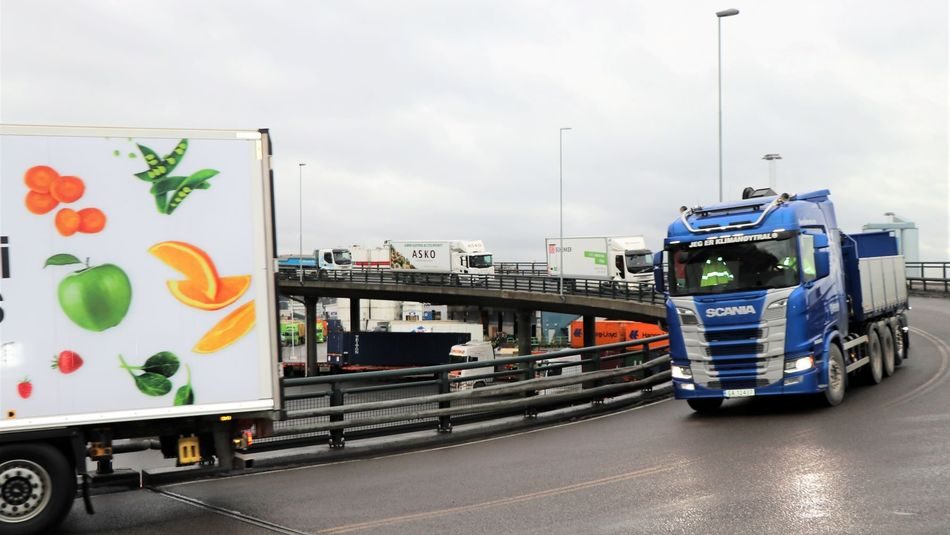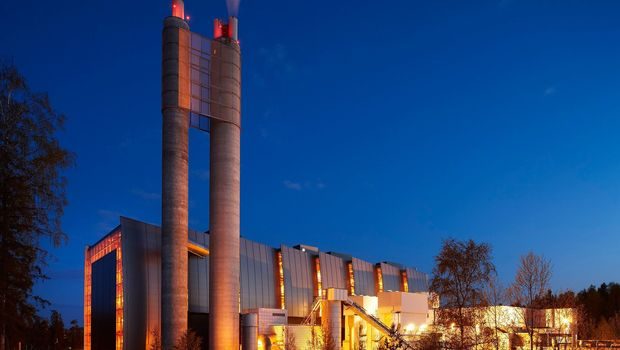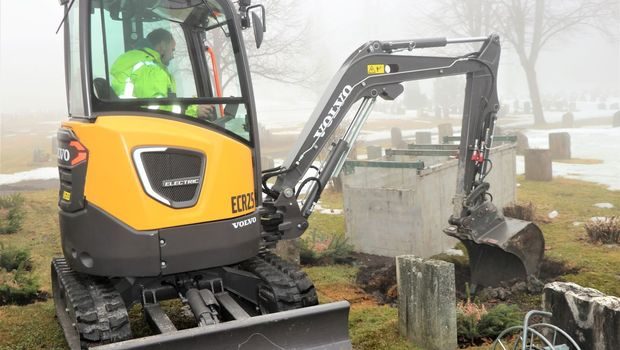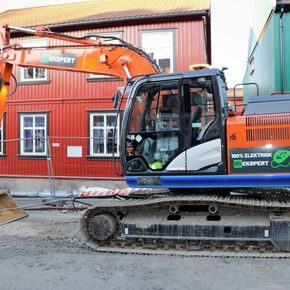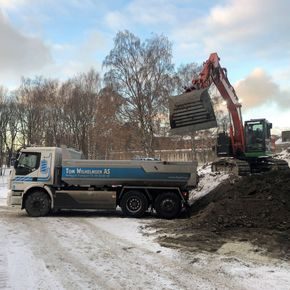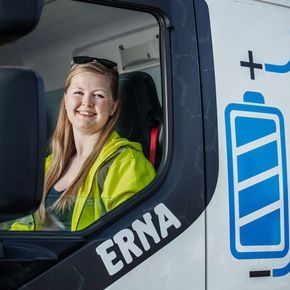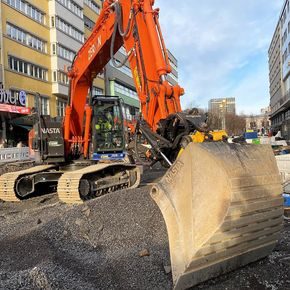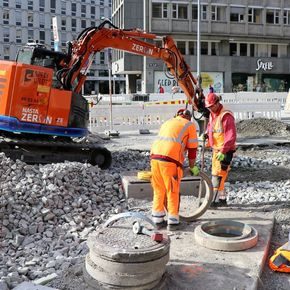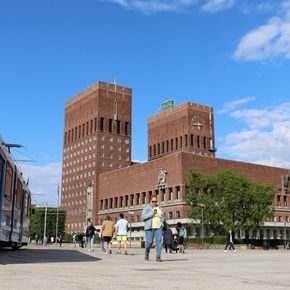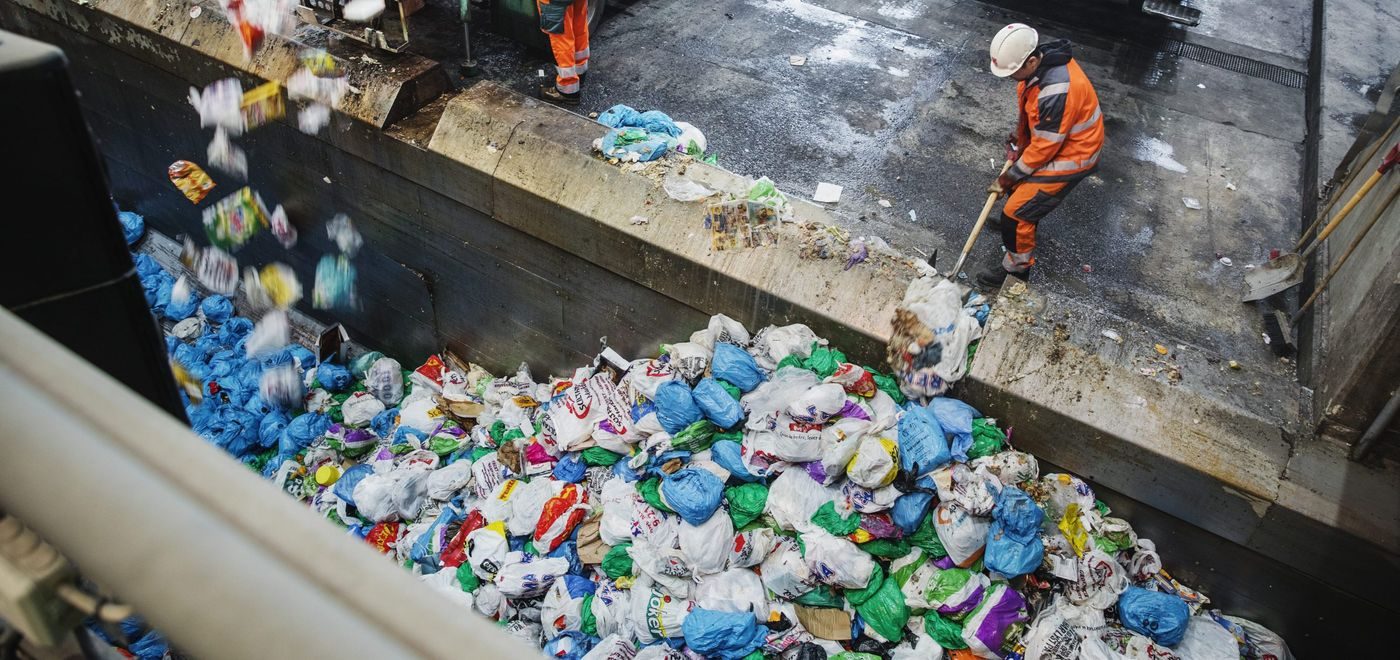
Sustainable waste management for a carbon neutral Europe
The carbon capture project in Oslo provides a range of innovative solutions that can be exported to other countries.
Across the world, waste is an increasing problem, causing both local pollution to soil and groundwater and a climate issue as landfills are emitting large amounts of methane, contributing to climate change. Carbon neutral cities are a prerequisite to fulfil the Paris Agreement.
The Fortum Oslo Varme Waste-to-Energy plant could serve as a blueprint for cities’ sustainable waste management, while meeting ambitious climate targets, Oslo’s Governing Mayor Raymond Johansen says.
Even with ambitious targets for a circular economy, Carbon Capture and Storage (CCS) is necessary to ensure substantial emission reductions from waste incineration, and even go carbon negative, the Governing Mayor continues.
The Carbon Capture Project in Oslo
At Fortum Oslo Varme, residual waste, that cannot or should not be recycled, is incinerated and the waste energy is utilised in the district heating system and for production of electricity (Waste-to-Energy). Roughly 20 percent of heating demand in Oslo is covered by the district heating system.
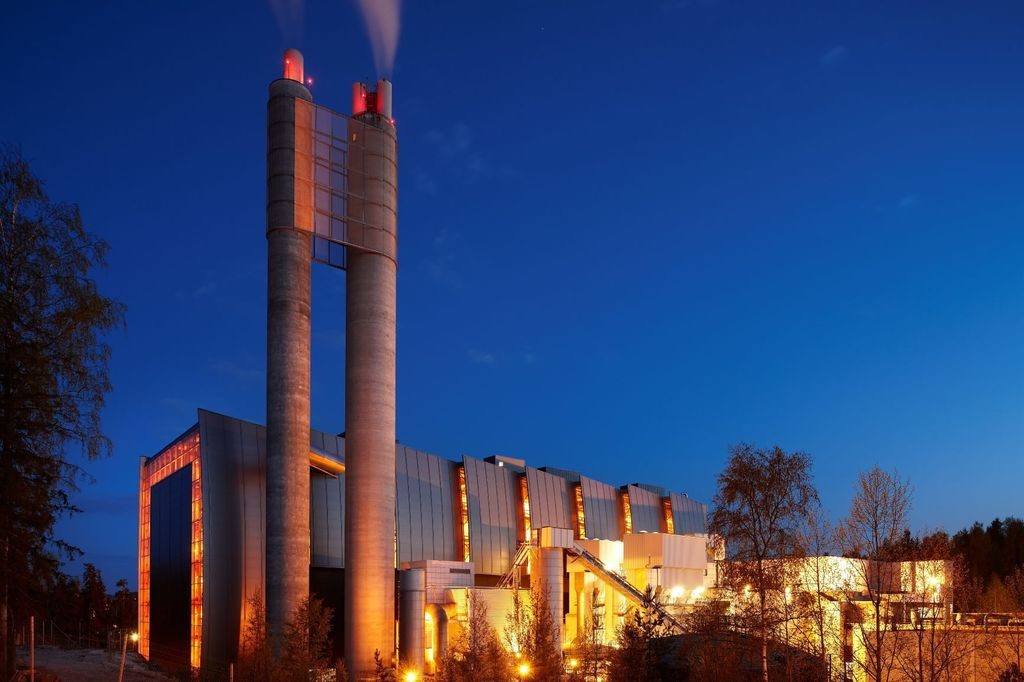
The Fortum Oslo Varme Waste-to-Energy plant, Oslo
Today, the Waste-to-Energy plant in the suburban area of Klemetsrud is by far the largest point source of CO2 emissions in Oslo – 185 000 tonnes CO2 from fossil fractions, and about 200 000 tonnes CO2 from biomass. To reach Oslo’s goal of 95 % emissions reduction by 2030, the removal of these emissions is necessary.
The pilot CCS-project operated at the plant in 2019 showed that the selected CCS technology can capture more than 90 % of the CO2 from the fluegas . The Fortum Oslo Varme project provides a range of innovative solutions that may be exported to Europe and worldwide. Some examples are
- It will be the world’s first Waste-to-Energy plant with full-scale CCS.
- It is part of the Norwegian Longship project and its open-end value chain, with ship transport and CO2 storage on the Norwegian West Coast.
- It will prove zero emission transport of CO2between the incineration plant and the harbour by electrical or hydrogen driven tank trucks.
- It will generate large negative emissions, paving the way for net carbon negative cities in the future
- It reuses the heat created by the capture process in the district heating system, making it more energy efficient.
Negative emissions
Since more than 50 percent of the waste stem from biological materials, the project can actually remove CO2 from the atmosphere. Incineration of sustainable biomass is considered carbon neutral. Incineration of carbon neutral biomass with CCS on top will provide negative emissions or Net Carbon removals as it is also called.
Carbon negative solutions are necessary to reach the temperature goal in the Paris Agreement, and the technology can be exported to waste incineration plants in Europe and worldwide, contributing to solving a major international climate and environmental challenge.
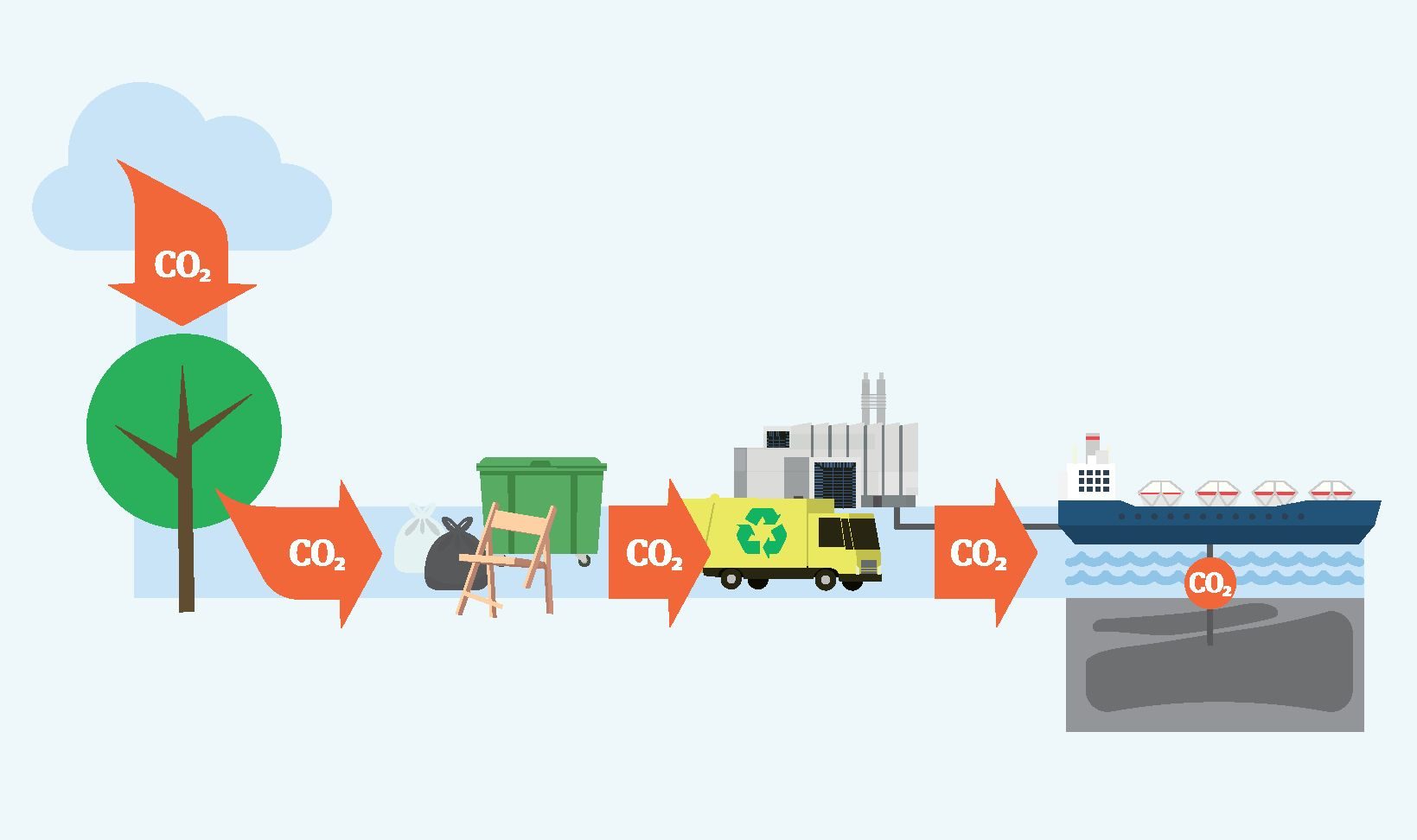
Removing CO2 from the atmosphere through waste incineration
Government supports combined funding
The Norwegian Government launched its CCS project «Longship for Carbon Capture and Storage» in September 2020. Through this project, the Government will provide NOK 3 Bn in funding for the Fortum Oslo Varme carbon capture and storage project, provided that the project obtains additional funds from the EU Innovation fund or other sources. The funding was approved by the Norwegian Parliament in December 2020.
Fortum Oslo Varme – the company operating the Klemetsrud plant – applied for funds from the EU Innovation fund in October 2020. According to Fortum Oslo Varme, «the project is an «oven-ready» CCS project that is ready to be the first full-scale waste-to-energy plant in the world with CO2 capture. The project has successfully conducted its FEED studies, operated a pilot plant for 5500 hours and achieved a stable capture rate of 90-95%. It will demonstrate CO2 transport to port with emission free trucks, and is ready to take the role as a leader for cities aiming to solve their waste problem and substantially cut their emissions.»
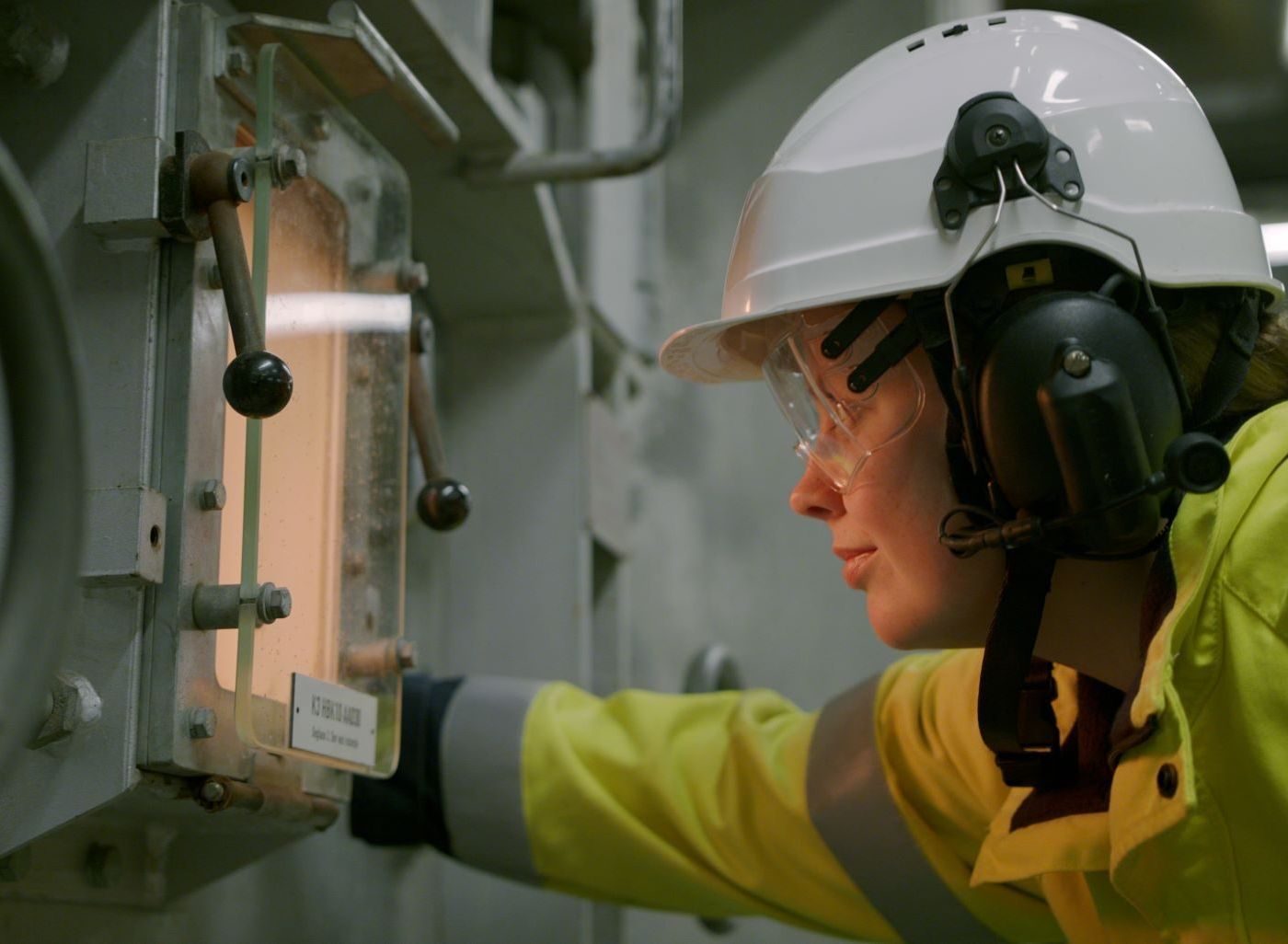
Waste and CCS in Oslo’s 2030 Climate Strategy
Oslo is aiming to reduce emissions by 95 % in 2030. In practice, Oslo will be a zero emissions city. This requires that all sectors contribute.
Oslo has a circulatory approach to waste treatment. The treatment includes material recycling, production of biogas from food, waste and energy recovery from incineration of residual waste for district heating and electricity. As of today, we recycle around 40 percent of our waste. The city government is working for reducing waste and increase recycling to minimum 65 % by 2030, in line with EU targets.

Bringing you heat that’s been extracted from your sewage
Still, we depend on two waste incineration plants within the city boundaries, including the Klemetsrud plant. The two incineration plants are the largest emission points in Oslo, responsible for approximately 20 percent of Oslo’s greenhouse gas emissions. As CCS is the main solution to achieve substantial emission reductions from waste incineration, CCS becomes a key mitigation measure in Oslo.
- Read more: Climate budget 2021, Chapter 2, Oslo City Government’s budget proposal
Cities’ role in developing CCS
Carbon neutral cities are a prerequisite to fulfil the Paris Agreement. By 2050, 70 percent of Europe’s population will live in cities. Both the economy and the world’s population are increasing. The growth will happen in cities. The UN expects that in 2050, 2.5 billion additional people will live in cities. This means that we have to build cities for 1.5 million people every week for the next 30 years.
Like Oslo, many cities are setting increasingly ambitious climate targets. Cities play an important role as test beds for new climate technologies, such as carbon capture and storage (CCS). City contribution to upscale this technology will bring down the costs, and help developing new industrial potential and green jobs in a fossil free society.

The Climate Budget – explained
According to IPCC, the temperature goal of the Paris Agreement will require carbon negative solutions. Carbon Capture and Storage is one of the most cost efficient methods available for removing CO2 from the atmosphere. The Carbon Neutral Cities Alliance (CNCA) has, together with Amsterdam, Copenhagen, Helsinki, Stockholm and Oslo, examined the latest CCS and CCU technologies to go carbon neutral. These technologies will be necessary if the cities are to live up to the Paris Agreement.
According to the report, all realistic transformation scenarios show that «CCS is needed to achieve sufficient emission reductions. In particular, cities own direct emissions from waste-to-energy (WtE) plants and other combined heat and power (CHP) plants, are avoided if CO2 capture plants are installed and the CO2 is permanently stored.»
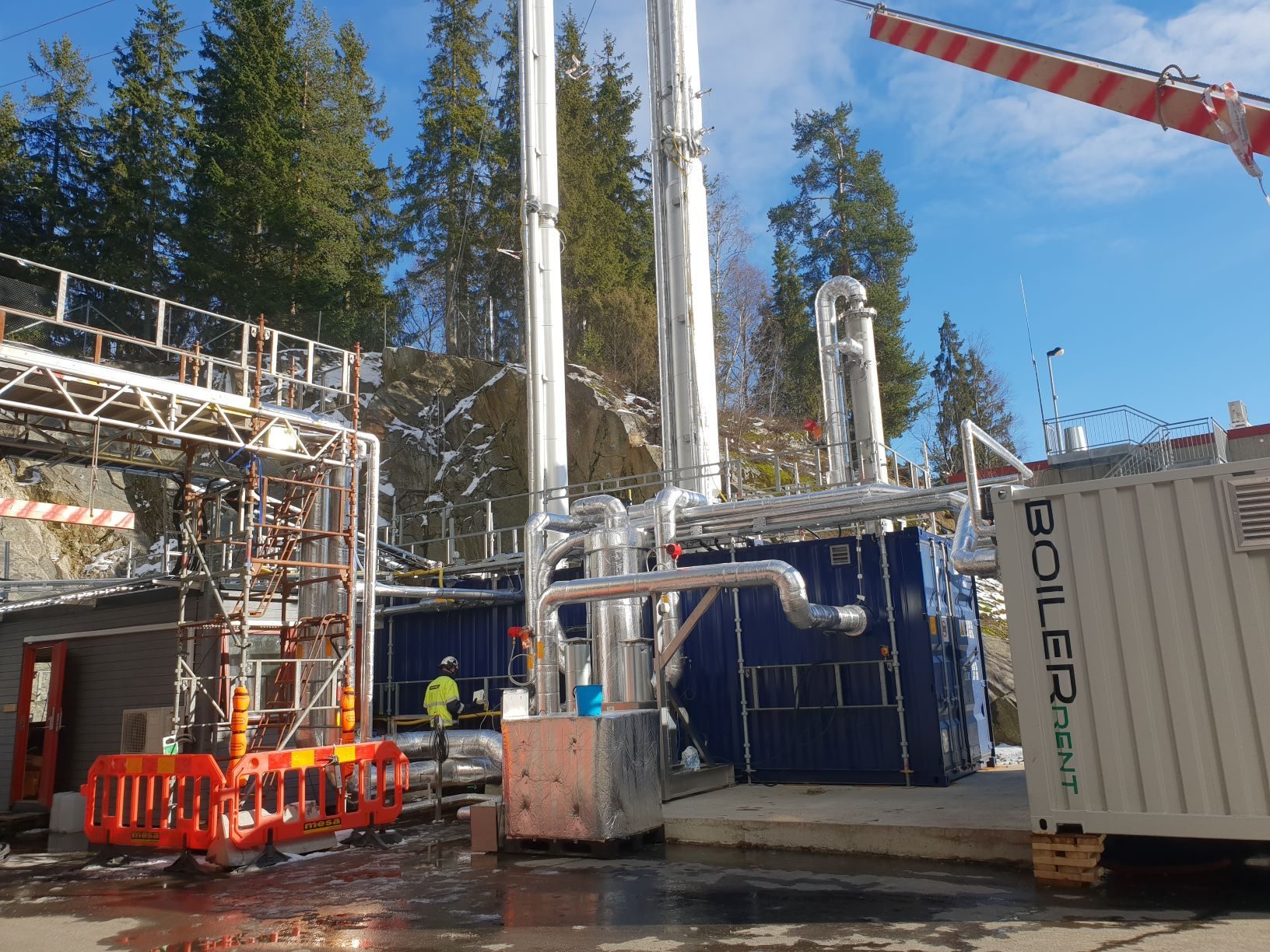
The CCS pilot project confirmed the chosen technology can capture more than 90 percent of the emissions from waste incineration.
The report also states, that permanent geological storage of CO2 from sustainable biomass (bio CCS) might be one of the most promising carbon negative solutions with regard to efficiency and scalability. Bio CCS includes also capture of biogenic CO2 from waste incineration. Major sources of biogenic CO2 emissions in the cities are heat and power production and waste treatment and incineration. Combined with storage potential in the North Sea, this creates good conditions for developing bio CCS.
Climate impact of waste – CCS is unavoidable
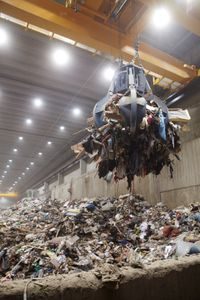 Given that the EU reaches its 65 percent recycling target by 2030, there will still be substantial amounts of waste that are not recycled. Some waste fractions simply cannot be recycled or in other ways recovered in line with the waste hierarchy. The only viable method for eliminating emissions from the non-circular waste fractions is capturing and storing the CO2. According to Carbon Limits “emissions from incineration of waste are unavoidable and CCS is the only applicable abatement technology once the waste streams have been generated.»
Given that the EU reaches its 65 percent recycling target by 2030, there will still be substantial amounts of waste that are not recycled. Some waste fractions simply cannot be recycled or in other ways recovered in line with the waste hierarchy. The only viable method for eliminating emissions from the non-circular waste fractions is capturing and storing the CO2. According to Carbon Limits “emissions from incineration of waste are unavoidable and CCS is the only applicable abatement technology once the waste streams have been generated.»
Greenhouse gas emissions from waste are one of the major challenges faced worldwide. Emissions from waste continue to rise on a global scale. Europe currently has 450 incineration plants emitting a total of around 90 million tonnes of CO2. This number is expected to rise if EU is to reach the recycling and landfill targets. There are still around 500 000 landfill sites in Europe that cause major methane emissions, a more potent greenhouse gas than CO2.
According to EU’s landfill Directive, Member States shall ensure that by 2035 the amount of municipal waste landfilled is reduced to 10 % or less of the total amount of municipal waste generated. The landfill target is ambitious and will assumably increase the need for incineration of waste that cannot be recycled or in other ways recovered in line with the waste hierarchy.
